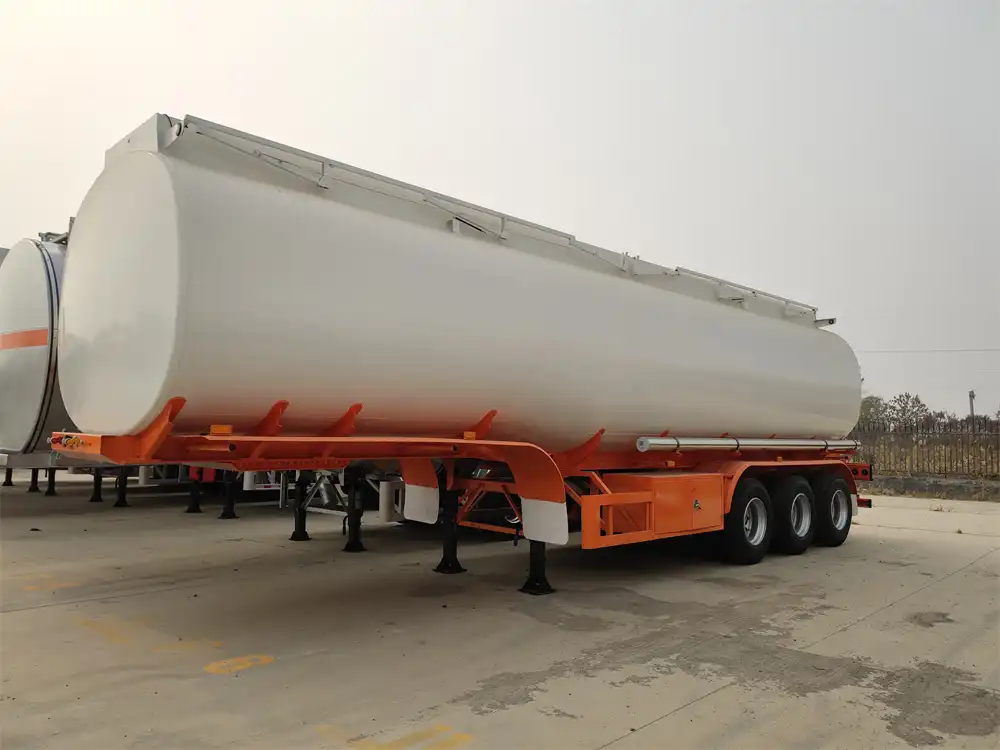Petroleum transportation is the transportation of petroleum or petroleum products from one place to another. Its transportation methods include land transportation, sea transportation and pipeline transportation.
Oil Transport by Land, Sea and Pipeline
Ground transportation using a tanker trailer is one of the most commonly used methods of oil transportation. Sea freight is loaded and transported by tanker. Pipeline transportation is another commonly used method of petroleum transportation. Petroleum and petroleum products are transported to various places through pipelines, and the transportation volume is large, continuous and stable.

Safety is paramount in oil transportation. Because petroleum and petroleum products are flammable and explosive, strict safety measures must be taken to avoid accidents and pollution.
When transporting oil at sea, tankers must meet safety standards set by the International Maritime Organization and countries, and must undergo regular inspections. During land transportation, traffic rules and relevant regulations must be followed to ensure vehicle and personal safety. This article mainly talks about how to use tanker trailers to transport oil.
How to Transport Oil Using Tanker Trailer?
Before transporting petroleum in a tank trailer, the following steps need to be followed:
Step 1: Choose the Right Tank Truck Trailer
The first step in transporting oil is choosing the right tanker. Tank trailers come in different sizes and configurations, and it is important to choose the right trailer for the specific type of oil being transported. Crude oil, for example, requires a different type of tank trailer than LPG or oil. Before selecting and purchasing a tanker trailer, it must be confirmed whether it complies with local regulations and standards.

- Oil Tank Trailer Type: Carbon Steel Tank Trailer, Aluminum Tank Trailer
- Capacity: 30000-60000 liters
Step 2: Clean and Inspect Tanker Trailer
Clean and inspect tank trailers before filling. Clean tanks to remove any debris, residue or previous cargo. It is also important to check the tank trailer for any damage or leaks that could endanger the safety of the oil and those involved in the transport.
Step 3: Fill with Oil
The next step is to load the oil into the tanker trailer. The loading process involves attaching a tank trailer to the loading terminal and opening valves to allow oil to flow into the tank. In order to prevent fuel from being ignited by static electricity, the tanker should be grounded before loading. The amount of fuel loaded into the tank trailer must be carefully monitored during refilling to ensure that the maximum capacity of the tank is not exceeded.
Step 4: Secure the Tanker Trailer
After filling, inspect and secure the tanker trailer. After checking that the valve is not leaking and making sure it is tightly closed, properly hook up the tanker trailer to the tractor truck.
Step 5: Shipping Oil
The final step is to transport the oil to its destination. During transportation, it is very important to comply with local regulations and standards on the transportation of dangerous goods. Drivers must also be trained in tank trailer emergency response and on-road driving.

In general, oil transportation is a complex job that requires a high level of safety awareness and technical skills. When transporting oil, a series of strict safety measures must be taken to avoid accidents and pollution. Proper selection of the right tanker trailer, cleaning and inspection, proper loading of oil products, securing the tank trailer, and compliance with local codes and standards are all important measures to ensure the safety of oil transportation. Only in this way can we achieve safe, efficient and sustainable goals in oil transportation.

